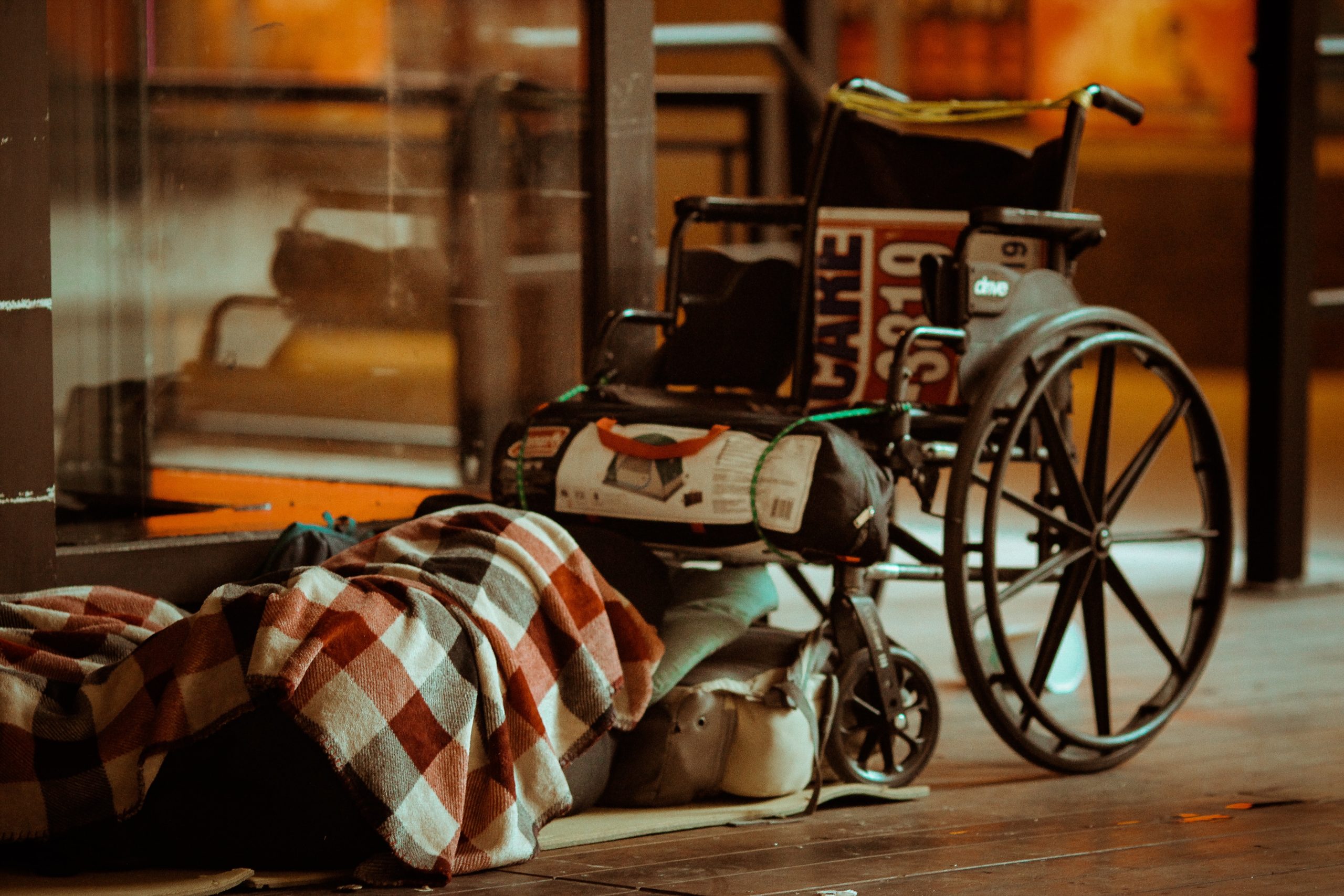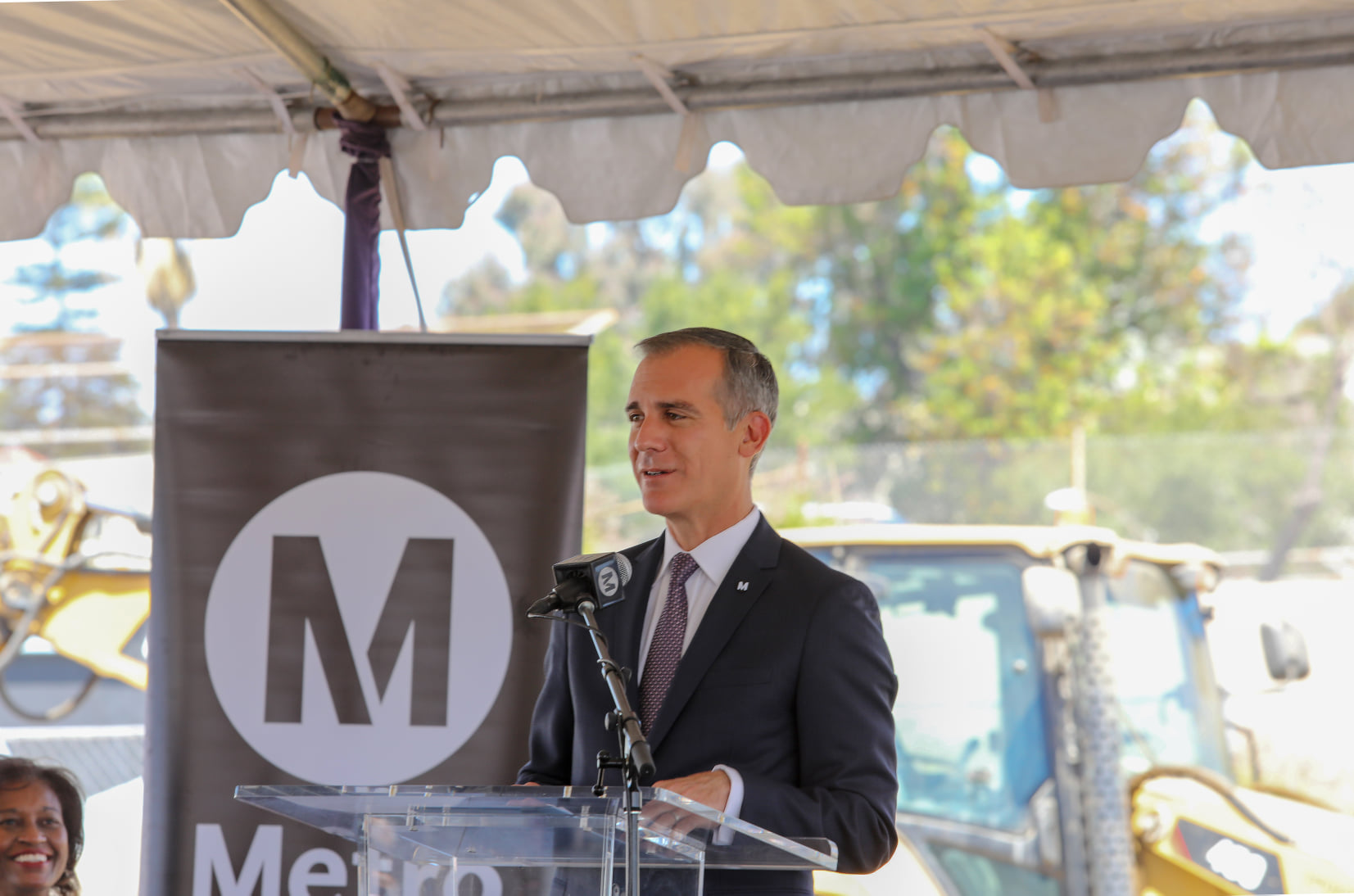In the 1980s, Santa Barbara faced a homelessness crisis and the community at large expressed concerns to that City Council and the local police. The story caught the attention of actor and activist Martin Sheen who helped start a dialog with residents and businesses. Despite chants and signs reading “Homeless go home,” those advocating for the homeless eventually changed local sentiment, albeit slowly.
A similar story is developing in Arcadia where some homeowners are concerned that increased homelessness numbers within city pose an imminent threat to their children and property values. The Arcadia City Council’s idea to install 15 or so tiny homes to serve as emergency shelter for unhoused residents is at the heart of the community discussion.
Despite negative feedback, Mayor Pro Tem Paul P. Cheng expressed optimism about efforts to house homeless residents on Facebook Monday evening:
This weekend, I was contacted by Christina, a resident of Arcadia and at Arcadia Methodist. She told me that outside of her gym was a family that needed help. I met Christina at the location, which is the Starbucks off of Huntington in Monrovia. Christina told me that this family included two babies. Even though they were not located in Arcadia and they were not there when I arrived, Lieutenant/Watch Commander Dan Crowther told me not to worry and Arcadia PD would continue to go back to help. The result? They found them the next day. They had been staying in their car for 2 weeks (per Starbucks manager) and Arcadia PD coordinated with Monrovia PD to make sure they got to stay at a local hotel until this Friday even though they were not within Arcadia.
I share this story for several reasons:
1. There are people that genuinely need help.
2. Community members that come together on any issue can get things done.
3. Arcadia Police rocks. There is a side of law enforcement that people do not see. The life of service and passionate care that is often overlooked. Lieutenant Crowther continued sending officers back to look for them, even though they were not in our city. He is a man of honor and a godsend to me.
Arcadia is a community of good neighbors. And when neighbors come together from different backgrounds and perspectives, we make things happen. We have homeless in our city. If we come together, although we cannot end homelessness, we can get people off our streets — especially to those that need and want it.
The proposed tiny homes pilot project would be paid for by grants, but some residents oppose it, citing safety concerns.
“When we see the homeless people, we don’t feel safe,” said Michelle Wu, who was accompanied by a dozen other protesters outside Verlato’s home last week. “You know, those homeless people have mental problems. They have, like, alcohol, drug problems,” Wu said as the group chanted “No tiny homes” repeatedly.
Councilwoman April Verlato has been a proponent of the project and is acutely aware of the growing conundrum.
“There’s so much fear right now. These fears are valid and should be addressed by the city. The city has the responsibility of reassuring its residents that all of us have the same goal: to make Arcadia a safe place to live and raise a family,” Verlato told Beacon Media. “As a mother of two teenagers with a business on Huntington Drive in the heart of Arcadia, seeing people living on the streets in Arcadia is scary. I’ve been seeing people sleeping in the doorways of my building and behind businesses for years. This didn’t just come up in the last three years. It’s been around, but it has gotten worse.”
The numbers of unhoused individuals throughout LA County have continued to increase and will likely spike because of economic fallout from the pandemic. According to Economic Roundtable, a nonprofit research organization based in Los Angeles, over the next four years, the pandemic recession is projected to increase chronic homelessness in LA County by 86%. “Homelessness among working-age adults caused by the current recession is projected to peak in 2023, adding 603,000 working-age adults to those already without a place of their own to sleep in the United States. California is projected to be home to 131,400 of those additional homeless adults, with 52,300 in Los Angeles County swelling current homeless numbers.”
Verlato, however, believes Arcadia will unite to find a solution.
“The community will benefit in the long run by being involved and engaged. The elected officials can’t solve this by themselves,” Verlato expressed. “We need the residents to educate themselves about the issues, learn the facts, keep an open heart and mind to the information and possible solutions. Ask the tough questions. Do the research. The more that the residents become informed, the better our solution will be. I’ve been discussing this issue by myself for years. I’m happy to finally have others join the conversation. These fears need to be vetted. The different strategies for addressing homelessness need to be analyzed. Everyone needs to take a hard, long look at it to help all of us, collectively, figure it out.”
Arcadia officials have been grappling with the results of their homelessness count, up from 15 in 2018 to 106 in 2020 in incorporated areas. Verlato partly attributes the increase to a more accurate homeless count conducted by police officers, who took over from volunteers a couple years ago.
Some of the protesters told Beacon Media they believe that the reason so many homeless are in in the city is the advent of the light rail.
Union Station Homeless Services in Pasadena contends that the Gold Line has not contributed to the increase of homelessness in the San Gabriel Valley and that the issue is far more complex.
“This is about protecting people — both those who live on the street and those who live in houses,” Verlato said. “When we have encampments, we have no restrooms, no showers, no hygiene. It’s very unsanitary.”







